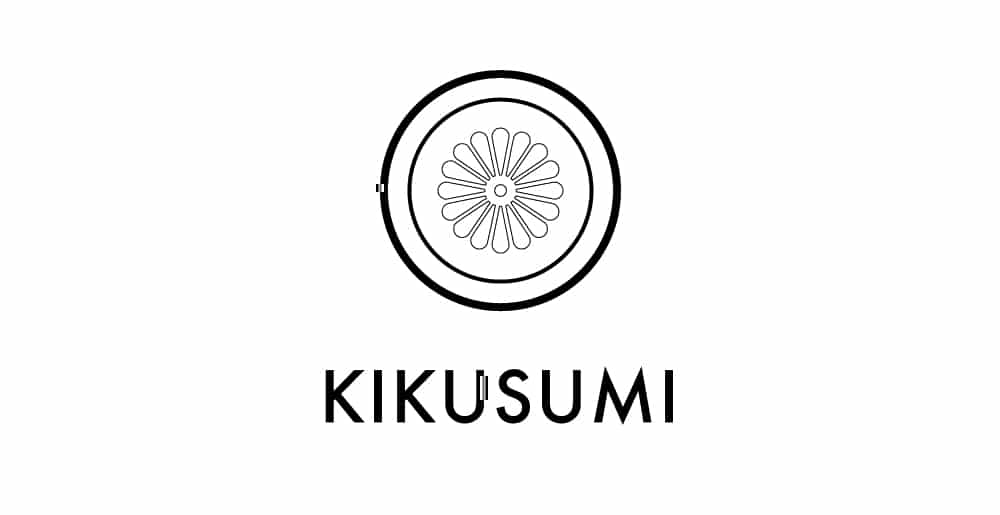
At Kikusumi our approach is to always respect tradition while pushing the boundaries to create better knives. Sakai Japan has a long history through which techniques and traditions have developed and evolved. We begin with a view back in time when Sakai artisans first began to work with metals, then travel forward to present day.
ORIGIN SAKAI – IN THE BEGINNING
The origins of knife making in Japan began here from around the third century. It was customary to bury royalty in tombs covered by large monuments called kofun that required meta tools to constructl. Around 450 A.D. the kofun of Emperor Nintoku was constructed in Sakai City on a scale similar to the Great Pyramids of Egypt. The project was so large that blacksmiths from all over Japan were sent to Sakai city to forge the tools necessary to complete it. Sakai city soonafter became the center of metal crafting in Japan. When tobacco was introduced in the sixteenth century from Portugal, Japan’s metal craftsmen turned to producing tools for cutting tobacco leaves. In 1570 the Tokugawa shogun certified the blacksmiths in Sakai city as exclusive tobacco knife makers in all of Japan. This was an early signnal of both the talent and positive evolution of metal crafts in Sakai.

Metalwork involves the use of various techniques that exploit the tendency of metals to melt when heated and flatten and stretch when beaten. Examples of this include swords and armor as were made in the Kamakura period (1185-1336). Once samurai rule collapsed wearing swords was banned by the Meiji government in 1876. This forced metalworkers to find new applications for their skills. The Meiji government policy actively encouraged the mechaniization of production using newly available western technology. The immediate impact was a decline of hand-crafted metalwork. Over time the new openness to the West provided the opportunity for traditional Japanese crafts to be shown at international exhibitions which then lead to the ability to export craft products. A revival in handcrafted metalwork followed soonafter.

In the Edo period (1615-1868) new forms of metalwork were made including kitchen utensils and knives. Sakai craftsmen began applying their blade expertise to cooking knives, creating sharp blades with superb knife balance just as they had done in the past with tobacco knives. To this day Sakai continues to be home to some of the finest metal and knife craftsmen in the world. A magical blend of talent, competition and the passing forward of technical wisdom from the past continues to allow this remarkable area to thrive and evolve.

MANUFACTURING
Sakai knives manufacturing process is divided into 3 stages; forging, grinding, and attaching the handle. It’s a division of work in which each craftsman creates using special skills.
In the forging process, the hardness as well as the stickiness of steel are improved in order to make the knife sharp and difficult to chip. There are technical processes such as Hagane-zuke (forging 2 kinds of steel – soft steel and steel), Yaki-Namashi (slowly annealing hot knife-shaped steel), Yaki-ire (immediately chilling steel in the water right after heating it to 780 – 800 degrees), and Yaki-Modoshi (heating steel to 160 – 180 degrees again in the furnace).
In this way, the process of making each product requires very difficult and professional techniques which only experienced craftsmen can perform.
Traditionally, Japanese knives are made from forging together two different types of carbon steels. They are called Jigane and Hagane. Jigane is a soft supporting carbon steel that provides flexibility and ease of sharpening. Hagane is hard carbon steel that determines the quality of the blade. SK, Yellow, White and Blue carbon steel are the four different types of Hagane available for knives with White and Blue carbon steel the most popular choice for traditional knives. Recent improvements in steel manufacturing has allowed of new steels that boast high carbon yet resist rust and corrosion more effectively. Stainless and semi-stainless steels offer high performance combined with easier maintenance for both the home and professional cook. At Kikusumi we are focused on creating knives that offer the best qualities of steel for contemporary lifestyles.

SUPERIOR SHARPNESS FOR BETTER CUTTING
Blades that have exceptional sharpness are the hallmark of Sakai knives. Sakai blades can be sharpened to single-edges which allow cooks to use a draw-cutting technique. The yanagiba slicer with its long narrow blade is postioned at a high angle which allows food to be cut by drawing the knife towards yourself in a single motion. This technique requires less effort when cutting and food food sticks less. The result is food that is more beautiful in appearance and has better texture.

To this day Sakai knives are carefully made one by one. They are revered by professional chefs within Japan and increasingly throughout the world. The experienced techniques of professionals has made a contribution to the development of Japanese food culture.
